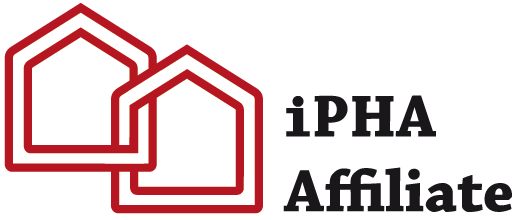
Ngā Kāinga Anamata, which means “homes of the future” is a Kāinga Ora project aimed at driving carbon emission reduction in New Zealand’s construction industry.
The project will deliver 30 new homes within five, three-level apartment buildings in Auckland’s Glendowie. Each near identical building will use a different construction technology, enabling insights to be gathered on a range of building materials and systems.
- Mass timber / cross laminated timber (CLT)
- Light timber frame (LTF)
- Precast concrete
- Light gauge steel
- Hybrid CLT / LTF
All 30 homes will target Passive House certification.
The project team expects the homes will meet all performance caps outlined in MBIE’s Building for Climate Change (BfCC) programme, and that it brings the Ministry for the Environment’s draft Emissions Reduction Plan (ERP) to life. The knowledge gained from this project will enable and catalyse change in the building industry, demonstrating how meeting the Passive House standard and the BfCC’s targets can be achieved. Hon Dr Megan Woods, Minister for Housing, Energy & Resources, and Research, Science & Innvovation, says “This project will shape the way for the construction industry in Aotearoa New Zealand.” and says that the project is “Validating MBIE’s policy assumptions and demonstrating to industry that future carbon emission targets can be achieved using construction materials and systems that are available today.”
Kāinga Ora Commercial Director Matt Noyes acknowledged PHINZ’s support of the project thus far, and that of the Project Partners, including PHINZ members Context Architects (Project Architects) and Sustainable Engineering (Passive House Certifiers for the Project).
Brian Berg, who leads the Carbon Neutral Housing Team at Kāinga Ora says that Passive House was chosen for this project because it is an industry ready solution, and this played a big part in de-risking the project for Kāinga Ora’s investment. The evidence-based approach taken for the design of the project also meant Passive House was the obvious method to use. The combination of Passive House and the use of local renewable energy means this project will be net zero energy.
The use of industry ready solutions and processes was a big contributing factor into the project’s inclusion in the prestigious United Nations Climate Conference (COP26) Build Better Now Virtual Pavilion. The project is one of only 17 initiatives globally to feature in the pavilion, running from 31 October – 12 November buildbetternow.co .
Matt Noyes says “The homes we build today will set the path for our carbon emissions in the decades to come. We need to be part of the solution, driving innovation and transformation now to ensure good health and climate safety for future generations.”
Ngā Kāinga Anamata has a firm focus on achieving the Government’s carbon emission targets, with significant benefits to occupants, and importantly, the people who live in these homes will enjoy a comfortable and healthy home without fuel poverty.
For more information on Ngā Kāinga Anamata, see
https://kaingaora.govt.nz/ngakaingaanamata
Kāinga Ora social housing pilot project in spotlight at COP26 | Stuff.co.nz
https://www.scoop.co.nz/stories/PA2110/S00289/kiwi-sustainable-housing-project-featured-at-cop26.htm


